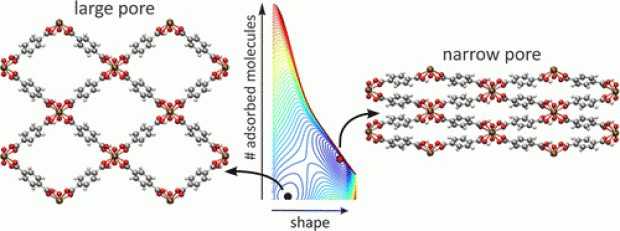Cutting the cost of carbon capture: a case for carbon capture and utilization
Abstract
A significant part of the cost for Carbon Capture and Storage (CCS) is related to the compression of the captured CO2 to its supercritical state, at 150 bar and typically 99% purity. These stringent conditions may however not always be necessary for specific cases of Carbon Capture and Utilization (CCU). In this manuscript, we investigate how much the parasitic energy of an adsorbent-based carbon capture process may be lowered by utilizing CO2 at 1 bar and adapting the final purity requirement for CO2 from 99% to 70% or 50%. We compare different CO2 sources: the flue gases of coal-fired or natural gas-fired power plants and ambient air. We evaluate the carbon capture performance of over 60 nanoporous materials and determine the influence of the initial and final purity on the parasitic energy of the carbon capture process. Moreover, we demonstrate the underlying principles of the parasitic energy minimization in more detail using the commercially available NaX zeolite. Finally, the calculated utilization cost of CO2 is compared with reported prices for CO2 and published costs for CCS.
 Open Access version available at UGent repository
Open Access version available at UGent repository
